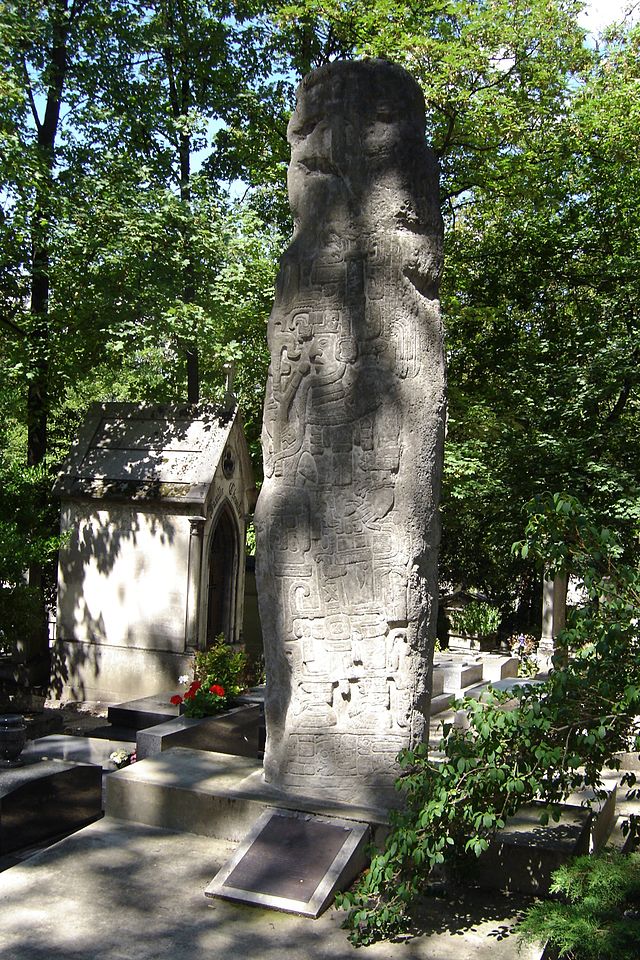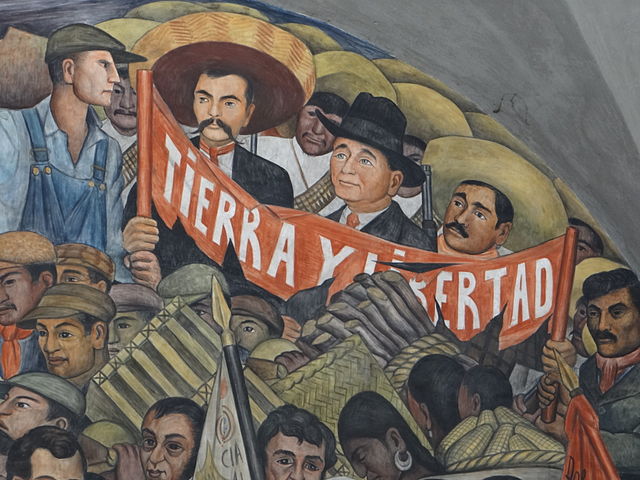Latin America is home to a remarkable linguistic diversity, with a rich tapestry of indigenous languages that reflect the region’s cultural heritage. Recognizing the importance of preserving this linguistic diversity and the cultural identity it represents, several Latin American countries have implemented various measures to safeguard and revitalize indigenous languages. This essay aims to explore the measures undertaken by governments in Chile, Argentina, Peru, Bolivia, Ecuador, Guatemala, and Mexico to preserve indigenous languages, highlighting the significance of these efforts in promoting linguistic diversity, cultural heritage, and fostering inclusivity.
In Chile, the government has implemented various measures to preserve indigenous languages. The Indigenous Language Law recognizes and protects the rights of indigenous communities to use their languages and promotes their inclusion in education and public services. The Ministry of Education has developed bilingual education programs, training teachers and creating teaching materials in indigenous languages. Additionally, cultural centers and language revitalization initiatives, such as the Rapa Nui Language Academy, support the preservation and revitalization of indigenous languages in Chile.
In Argentina, the National Institute of Indigenous Languages (INALI) works to protect and promote indigenous languages. INALI conducts research, creates language policies, and supports language revitalization initiatives across the country. Bilingual education programs are implemented in indigenous communities, fostering the use of native languages in educational settings. The government collaborates with indigenous communities to develop dictionaries, grammar guides, and literacy materials in indigenous languages.
Peru has enacted legislation to protect and promote indigenous languages. The Law of Native Languages recognizes the rights of indigenous peoples to preserve, develop, and use their languages. The Ministry of Education promotes bilingual education programs, training teachers to teach in indigenous languages. The National Institute of Indigenous Languages supports the creation of language centers, the development of teaching materials, and the documentation of indigenous languages. Peru also celebrates the Día de las Lenguas Originarias (Day of Native Languages) to raise awareness and promote indigenous languages.
Bolivia has made significant strides in preserving indigenous languages. The country recognizes over 30 indigenous languages as official national languages. The Plurinational Educational System integrates bilingual intercultural education, allowing indigenous languages to be used as languages of instruction. The Ministry of Education supports the creation of educational materials in indigenous languages and the training of teachers. Bolivia’s government collaborates with indigenous communities to promote cultural events, festivals, and initiatives that celebrate indigenous languages.
Ecuador has implemented measures to protect and revitalize indigenous languages. The Constitution of Ecuador recognizes the rights of indigenous peoples to use and develop their languages. The Ministry of Education supports bilingual intercultural education, fostering the use of indigenous languages in schools. The Institute of Language and Cultural Development works to document, preserve, and revitalize indigenous languages. Ecuador also celebrates the Inti Raymi (Sun Festival), promoting the value and preservation of indigenous languages and cultures.
In Guatemala, the government has taken steps to preserve indigenous languages. The Law on National Languages recognizes the rights of indigenous peoples to use and develop their languages. The Ministry of Education promotes bilingual intercultural education, training teachers to teach in indigenous languages. The Academy of Mayan Languages works to standardize and promote the use of Mayan languages. The government supports cultural festivals and initiatives that celebrate indigenous languages and traditions.
Mexico has implemented various measures to preserve indigenous languages. The General Law on Linguistic Rights recognizes the rights of indigenous peoples to use and develop their languages. The National Institute of Indigenous Languages promotes language documentation, preservation, and revitalization. The government supports bilingual education programs and the development of teaching materials in indigenous languages. Mexico celebrates the Día Internacional de la Lengua Materna (International Mother Language Day) to raise awareness of indigenous languages and their importance.
The preservation of indigenous languages is a critical undertaking in Latin America, and governments play a crucial role in implementing measures to safeguard and revitalize these languages. Across countries such as Chile, Argentina, Peru, Bolivia, Ecuador, Guatemala, and Mexico, significant efforts are underway to preserve indigenous languages through various means. These include recognition of their importance, establishment of legislative frameworks, implementation of bilingual education programs, provision of teacher training, establishment of cultural centers, collaboration with indigenous communities, and support for language documentation and revitalization. These comprehensive efforts promote linguistic diversity, safeguard cultural heritage, and foster inclusivity, ensuring that indigenous languages continue to thrive as integral parts of Latin American societies. By prioritizing the preservation of indigenous languages, these governments pay homage to the invaluable contributions of indigenous cultures and strive towards creating more inclusive societies that value and celebrate linguistic and cultural diversity.










